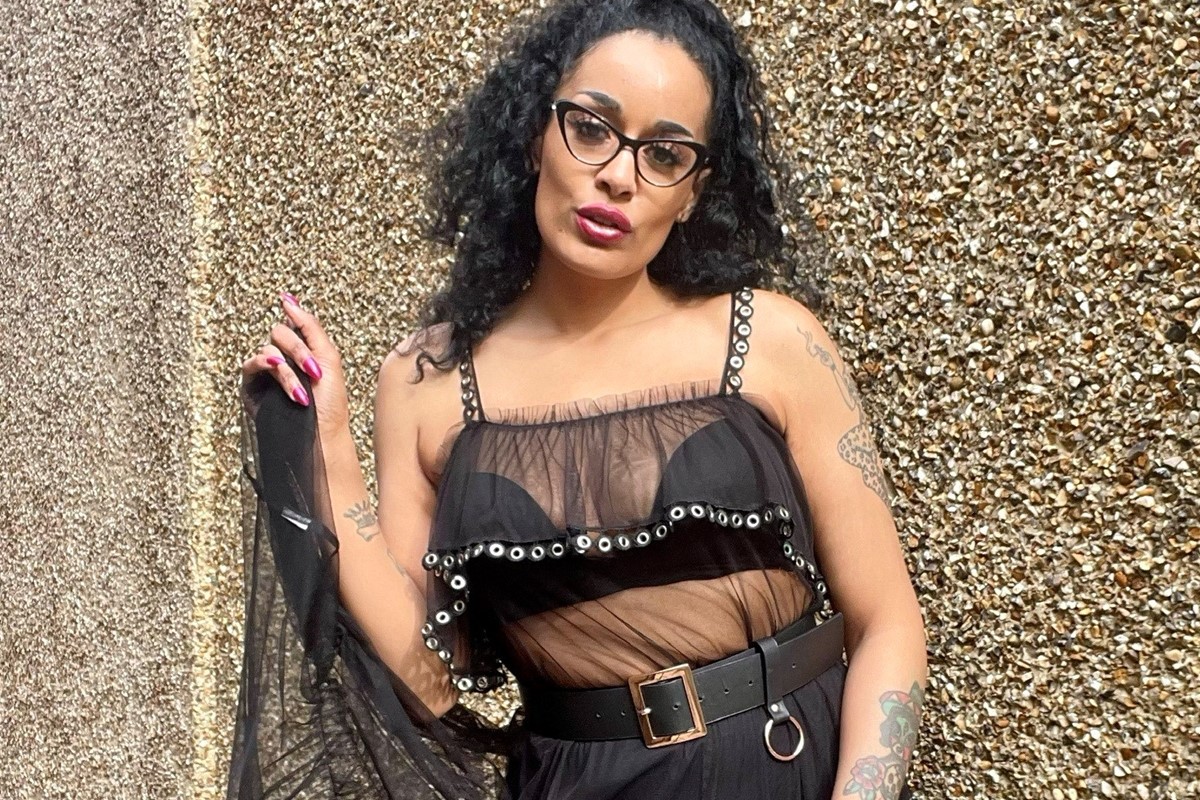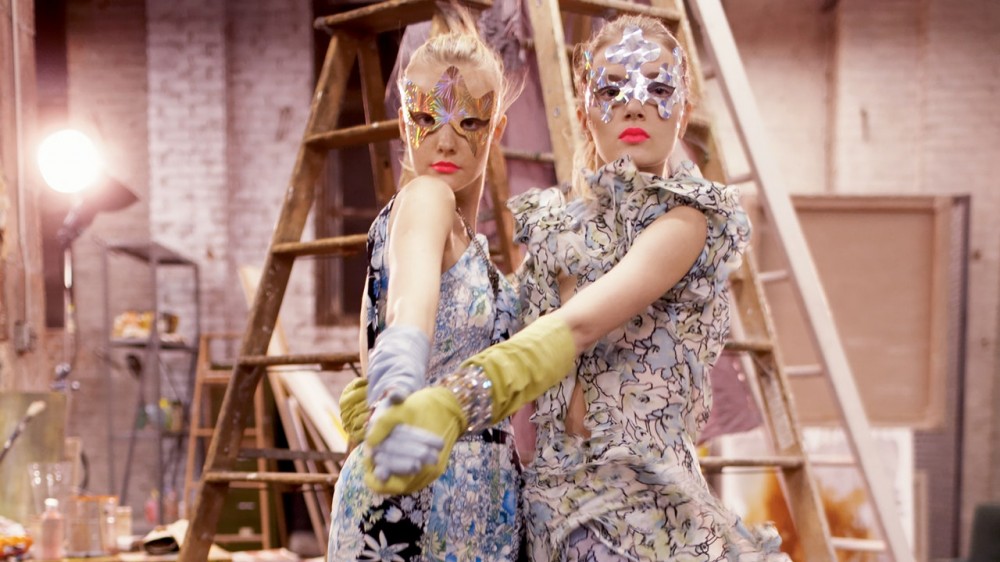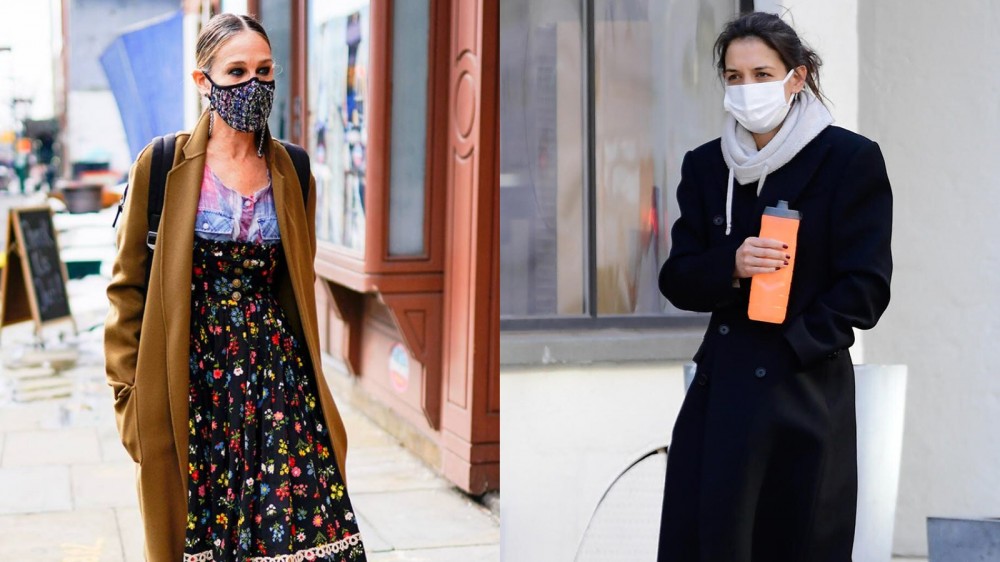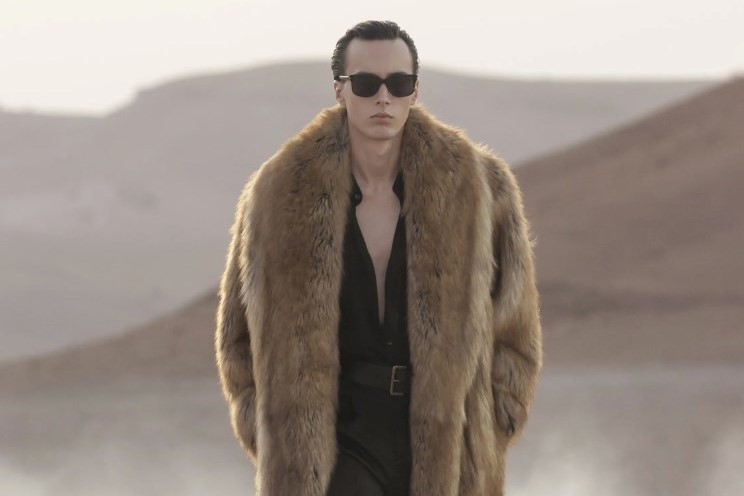
How fashion helped these disabled people embrace their identity
Accessible, adaptable clothing may be absent from catwalks across the world, but disabled people are finding liberation and fun in fashion on their own terms
It took me over a decade to embrace my disabled identity, but even then, when I needed a cane on low mobility days, internalised ableism resurfaced and I chose pain over being visibly disabled. Unable to blend fashion with the ugly stick at my side, I decided to suppress the disability.
The combination of a lack of affordable options for stylish mobility aids and sparse adaptive fashion lines is the bane of many disabled fashionistas’ lives. In the UK, our community commands a combined annual spending power of £249 billion, yet disabled fashion representation remains a low priority for many designers.
Numbering over 14.1 million in the UK, disabled people are taught to suppress their identities, dull their shine, and silence their pain to be palatable to the public. We face barrier after barrier in accessing daily life, and the weight of the stigma attached to disability is suffocating when trying to find ourselves.




“Fashion is one of the most powerful ways we can communicate and express ourselves to the outside world,” says psychologist and wellbeing specialist Lee Chambers. “The challenge comes when instead of being able to reveal and express, we have to conceal and suppress because we’re unable to utilise fashion as a way of communication, which for some disabled people is already a challenge.”
Disability stigma preys on us while we learn to navigate a world that rarely acknowledges us, let alone accepts us. “As a child, I struggled with looking different from my peers by being in a wheelchair,” says Shalida A. Askanazi, an author and disability rights activist. “When I would go out in public people stared a lot and it made me very self-conscious.”
Many disabled people wrestle with self-acceptance and denial often plays a leading role in development. Despite acquiring my disabilities as a young teen, I shunned the label because belonging felt more important than acknowledging the stigmatised part of my identity.
“At the start of my journey I was totally in denial,” agrees multiple sclerosis advocate and podcaster Roxy Murray, who uses a walking stick and walking bike. “My disability was initially invisible so even I didn’t believe it was there at times. I started to lose myself and my style. Revisiting fashion as a whole helped me find myself again.”
“I have struggled with my identity over the years, especially in my teen years,” adds Rachy Lewis, a lifestyle writer and blogger with cerebral palsy. “It took me entering into my 20s to realise how messed up that really was, and how dishonest I was being, not to others necessarily, but to myself and my identity.”
For Askanazi, falling in love with fashion shows on TV helped her to assimilate disability into her identity seamlessly. “Their designs were fun and I felt like people stared at the clothes for a good reason,” she says. “That gave me the idea at the age of eight to dress in super fun clothes and have great style. That way when people stared at me they would be getting a fashion show.”
“Blending disabled and fashion identities requires more adaptability but it does not have to limit our style goals”
Fashion allows all of us to mesh all the pieces of our personalities, but the glacial development of adaptive fashion is slowing progress for disabled people. Accessible clothing is only just edging away from beige practicality to colourful individuality and, even though disabled-fronted brands are making their presence known, there is a long way to go before disabled people are truly represented in the industry.
“It is not where it should be,” says Christina Mallon, director of inclusive design at Microsoft and Chief Brand Officer at Open Style Lab., a non-profit making style accessible for everyone. “I can count the number of mass fashion brands with adaptive lines on one hand. In general, people are more likely to use something that they find beautiful. Many assistive device designers only consider function causing the devices to lack style. Allowing one to customise the device’s appearance helps their relationship with the devices.”
The psychological benefits of having access to clothing that not only looks good but adapts to our bodies should not be underestimated. This is ‘enclothed cognition’ and it has the ability to improve our overall wellbeing when wearing pieces that feel like us.
“Being able to wear something that we feel communicates our identity and feels like an expression of ourselves can boost our mental wellbeing and make us feel a sense of belonging,” explains Chambers. “Unfortunately, enclothed cognition can also work inversely, and if we only have access to clothing that is uncomfortable and we don’t feel represents our identity and values, it can have a negative psychological impact.”
Adaptive fashion often comes with a high price tag and focuses on form without beauty, leaving disabled people with limited options to play with and complicating the process of building a cohesive fashion identity. But when accessible fashion succeeds, the power of well-accessorised mobility aids is transformative.
Just like my cane, Askanazi’s wheelchair acts as a fashion statement and mobility aid. “I’m able to get a new manual wheelchair every seven years and that means I have to be very careful on the colours I pick,” she says. “I got my last one back in 2020 and I was really feeling fuschia, thank goodness I still love it!”
“Fashion is meant to be fun. Why wait to wear something when you can wear it today? We live in a world where we’re constantly told what to do with our bodies and lives, fashion is a way to fight against that” – Shalida Askanazi
“When I look at fashion though, it’s not all fun and games for me as a disabled person,” says Lewis. “Pieces of clothing can be inaccessible too, leaving me having to think about practicality before style sometimes. Most times, actually, a sense of style has to take a back seat to practicality. Finding the balance is what makes it all complicated.”
We all understand the impact that a beautiful outfit has on our self-esteem but, for disabled people, this feeling is elevated when interlocking style and function. “Clothing brings me so much happiness,” says Murray. “My mobility aids express who I am, my personality. They help me navigate life so I use them all the time. I accessorise my mobility aids by enhancing my outfits with them.”
Fashion also acts as a blockade between disabled people and judgements from outsiders. “I’ve always paid attention to what I wear, but the older I get the more vital to the expression of my identity,” explains Lewis. “Let’s be honest, when you have a visible physical disability, rude or not, people love to stare, and they do stare – a lot! Fashion really has the ability to free a person from preconceived notions and biased expectations.”

Tired stereotypes of disability throw up walls between disabled people and fashion exploration. Regardless of what these stigmas try to imprint on us, disabled people are not a beige monolith incapable of joy or vibrancy. We are a vast community with unlimited capacity for style.
“One thing I know about myself as a disabled person is I’m very adaptable,” explains Lewis. “I lack the patience to wait around for fashion to become accessible, so I do whatever I can to make it my own. Whenever I crack a code or find that one I think suits me, I stick with it, build on it, recreate it, or alter it. As much as I love fashion, my motto remains: ‘Comfort first’.
Blending disabled and fashion identities requires more adaptability but it does not have to limit our style goals. Gradually, and alongside increased representation on runways and in fashion marketing, disabled fashion is edging out of the shadows and giving disabled people the power to interweave every aspect of their identities.
“Fashion is meant to be fun,” says Askanazi. “Why wait to wear something when you can wear it today? We live in a world where we’re constantly told what to do with our bodies and lives, fashion is a way to fight against that.”
Author
Violeta Rojo
EDM LOVA



